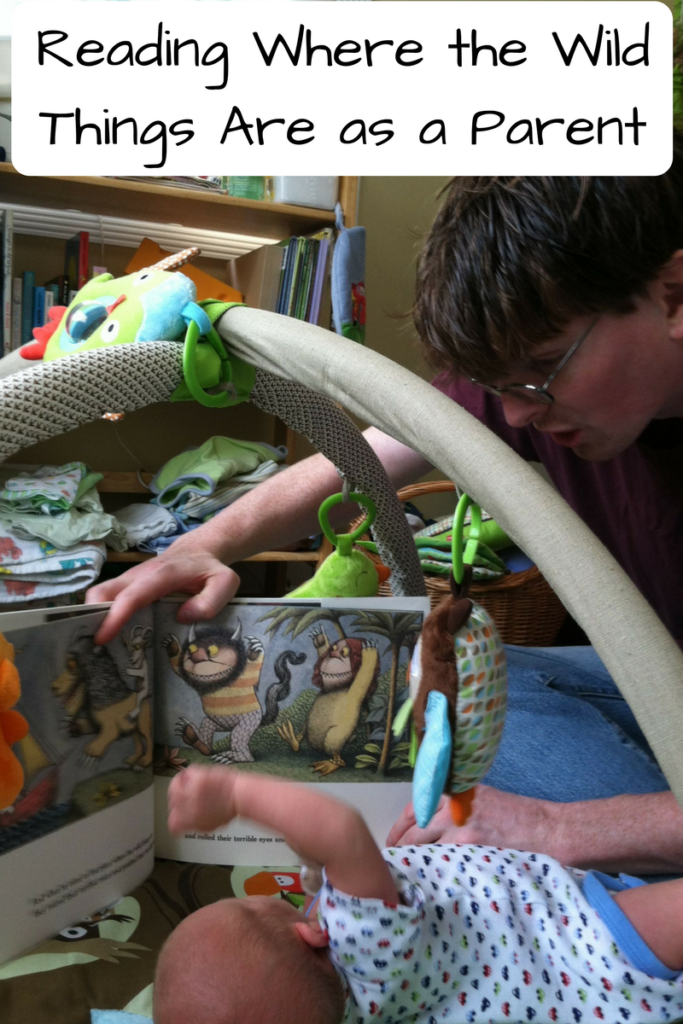I brought my baby to an art museum last weekend. Specifically, it was the Van Gogh exhibition at the Phillips Collection, which was excellent. And it wasn’t even the first time he had been to an art museum – that was our visit to the Martin Luther King Jr. photography exhibit at the National Portrait Gallery when he was about four months old. (Admittedly, he slept through most of that trip.)
We went in part because I love museums and have since I was a little girl. I was obsessed with the New York State Museum when I was young, but my interest has expanded dramatically since then. In terms of the art world, I’m quite fond of the Impressionists, so I was excited about this exhibit. As Sprout is a quiet, calm baby, I didn’t see any reason why we couldn’t bring him. As it turned out, we weren’t the only parents with the same idea. We saw a number of babies in strollers and carriers. It felt very French, with babies being in a place that was definitely not kid-centric. To me, it demonstrated that our children are an essential part of our lives, but not everything we do is centered around their specific desires. While he’s too little notice it now, I think this is an important lesson for kids to learn. I vividly remember being on a trip as a kid and being bored silly on the day my parents did a wine tour. Even though the other activities were things that we mostly visited for my benefit, that stuck out because I realized that it wasn’t all about me. Although I was annoyed at the time, I’m glad in retrospect that my parents took that day for themselves. There’s something to be said for building character.
Beyond my individual preferences, I do think that visiting the art museum benefitted Sprout. I think he enjoyed seeing all of the colors and swirly patterns in Van Gogh’s work. Visual stimulation is very important early on in childhood and why not use stuff that’s appealing to adults as well? We don’t need Baby Van Gogh if we can see the real thing in person. I may have been imagining things, but he seemed particularly interested in the paintings Van Gogh did of a baby, which happened to be much less cute than him. In another exhibit, he also seemed drawn to a large photograph of a woman breastfeeding a baby and staring fiercely at the camera. I’m not sure if it reminded him of me or just made him hungry.
In terms of the big picture, I want to share a love of learning and museums with Sprout. In my opinion, the best way to build this love is leading by example and visiting these places as a normal part of our everyday lives. We live in the Land of Museums – they should be as much part of his childhood landscape as they are of DC’s geographical one. In fact, a story from a random lady at the museum illustrates the power of this attitude. Smiling at the baby, she said, “I’m 70 now and my mother brought me to my first art exhibit when I was 3 months old. The Rodin exhibit!” Now that’s quite a long-term influence!
Overall, the visit was a really positive experience. No one seemed put off by his presence and people generally seemed charmed that he was there. One even commented, “A little art critic!”
Based on the day, a few recommendations if you’re interested in bringing a baby to a non-kids museum:
1) Leave the stroller at home. We actually brought both the carrier and stroller, hoping to check the stroller at the coat check and put him in the carrier. (He’ll only tolerate the carrier for about an hour, substantially shorter than we planned to be out.) Unfortunately, they didn’t have space for the stroller, so we ended up having to push it around. While the exhibit was spacious enough for it not to be an issue, I still felt bad taking up so much space.
2) Anticipate only being able to see a small part of the museum. I can be a museum completist, but that’s not an option with a small child. We were able to see the entire exhibit because Sprout is observant and doesn’t mind getting pushed around, but the Phillips recommends not trying to see more than five pieces of art with a small child.
3) Keep an eye on the clock. I tend to lose any sense of time, so when Sprout finally started getting a little fussy, it took me a second to realize that he hadn’t eaten for quite a while.
Have you ever brought a baby or very young child to a non-kids museum?
